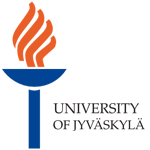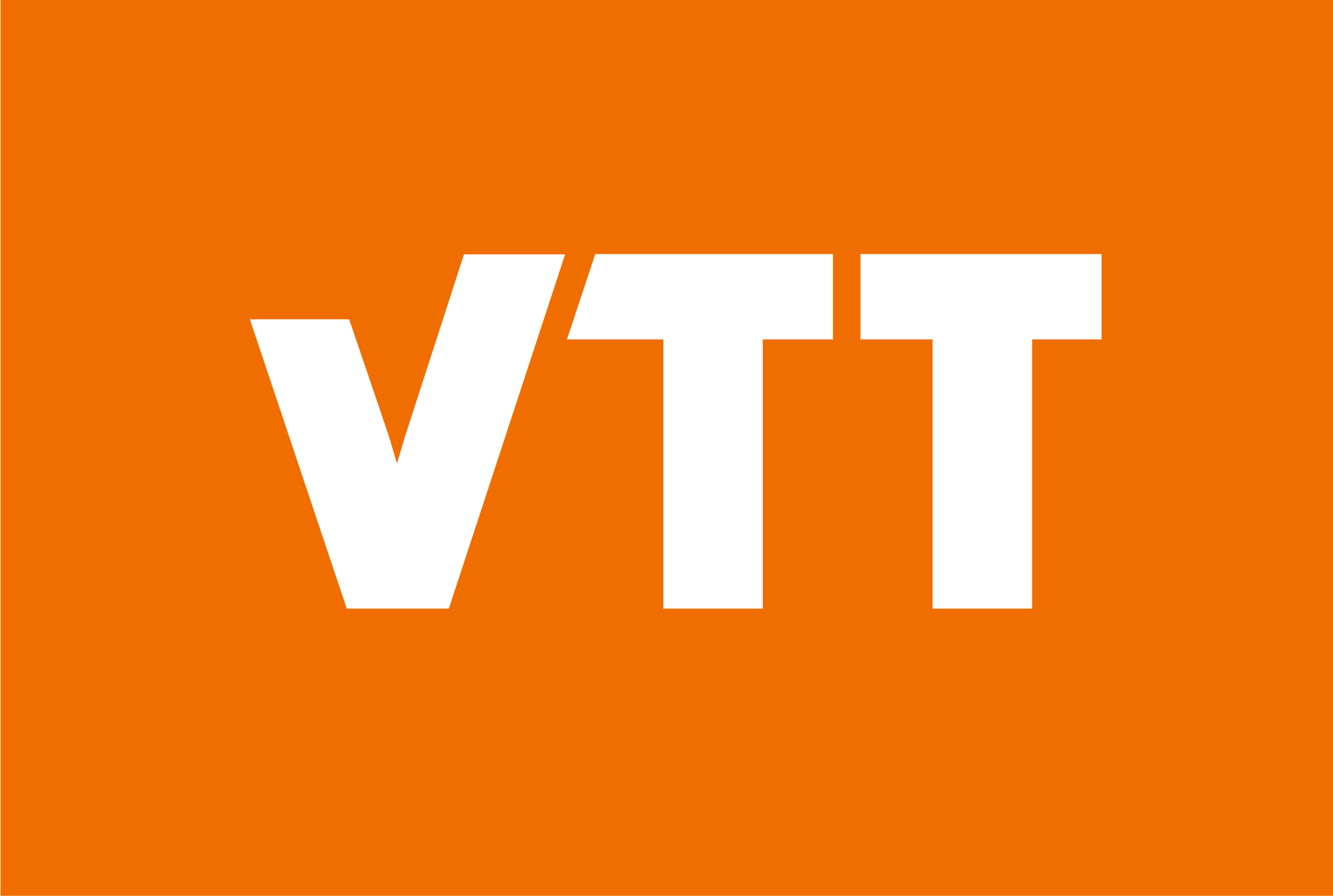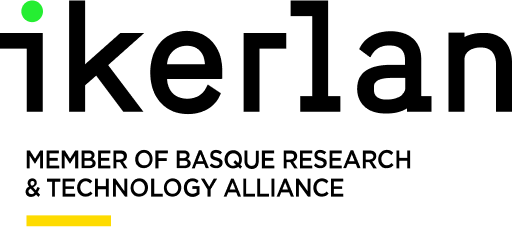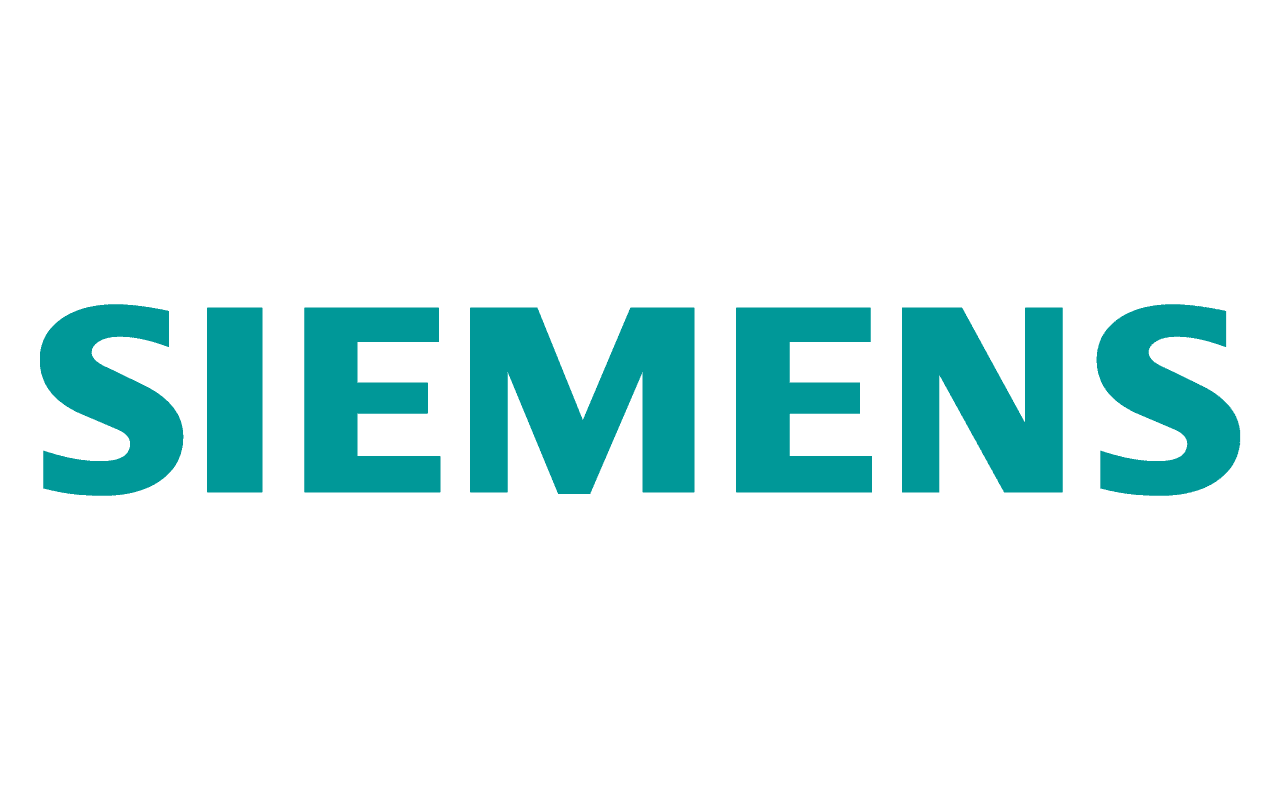
Haltian Research
International multidisciplinary applied research activities are an essential part of Haltian’s operations. We stay at the forefront of technology innovation and continuously develop and enhance our portfolio. Our research activities highlight the openness and transparency behind what we do and our products.
About Our Research
Driving IoT Innovation Through Research Collaborations and Ecosystems
Today, IoT technology is at its rapid development stage. It’s already possible to notice that its expansion is fast and large-scale, as Gartner predicted. For many, this evolution comes with novel and unforeseen opportunities and threats. Our goal is to predict these opportunities and mitigate the risks instead. The best way to do it is to be where the action is – at the heart of knowledge development.
Our success philosophy is in the creation of new products and services that meet not only the present but also the future demands of our customers. Research enables us to thrive at the intersection of incremental, modular, and architectural innovation – improving costs and features, technology components, or even the whole architecture of products in our offering and any related services.
This is what enables us to create and deliver added value to our customers in everything we do and to sustain the competitive edge in developing connected solutions for businesses across domains.
Research is Essential for Haltian

co-innovation
Research brings together knowledge-providers and industry players across the world to create new knowledge and innovation for business needs. The collaboration ecosystem distribute the work among international parties, decreasing the go-to-market time and spend.
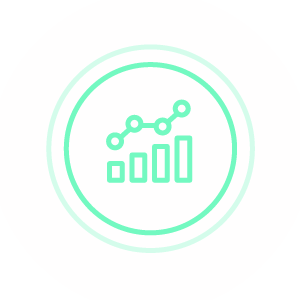
IMPACT
Novel solution models created on the research projects bring value and competitive advantage, leveraging market potential and influencing society. The long-term exploitation of the research results produces significant impact on the turnover and export of the organizations.

NEW OPPORTUNITIES
Participation in research activities opens the doors to endless business opportunities. It includes the collaboration with new industry partners, from startups to large enterprises, as well as customers, competitors and research institutions.
On-going research programs

1/2024-12/2026
Untangling People Flow
The Untangling People Flow consortium aims to productize the relations between people flow and optimal use of the built environment.

10/2022-9/2024
Carbon Handprint
Haltian develops concepts and services to enable stakeholders to reduce carbon footprint by implementing carbon handprints into practice.
Completed research programs
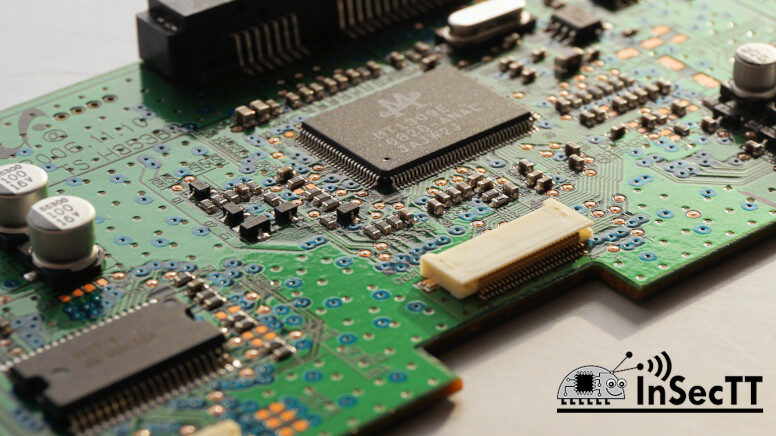
6/2020-8/2023
EU Horizon 2020 InSecTT
The Intelligent Secure Trustable Things
The project provides cost-efficient system solutions of intelligent, secure and trustworthy connectivity and interoperability. InSecTT combines AI and IoT by bringing AI to edge computing and making it reliable.
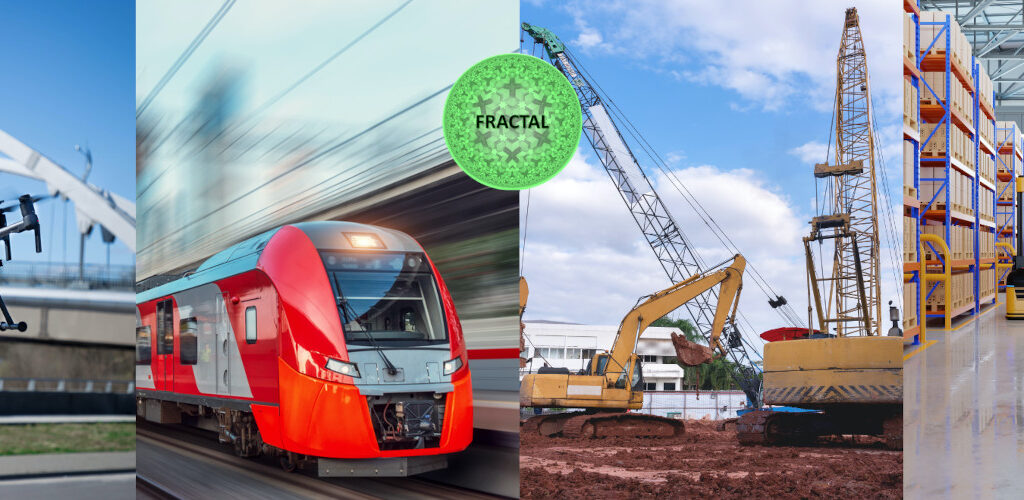
9/2020 – 8/2023
EU Horizon 2020 FRACTAL
A Cognitive Fractal and Secure EDGE based on a unique Open-Safe-Reliable-Low Power Hardware Platform Node
The project will create a cognitive computing node and fractal edge that will enable scalable, adaptive, autonomous and secure IoT solutions.

12/2019 – 06/2023
ITEA3 Mad@Work
Mental Health and Productivity Boosting in the Workplace
A workplace wellbeing-centered project, with a goal to create means to measure physical & mental (dis)comfort, and tools that help to create better, productive conditions for knowledge work.

4/2020 – 12/2022
Stroke-DATA
Data-intensive innovations for stroke prevention and diagnostic
Better patient care through co-creation of novel data-intensive innovations for stroke prevention and diagnostic.
Find out more!

5/2019 – 10/2021
EU Horizon 2020 SECREDAS
Product Security for Cross Domain Reliable Dependable Automated Systems
The project will build a reference architecture for Secure and Safe Automated systems compliant with the new GDPR Regulation in road, rail
and health domains.

02/2020 – 01/2022
Sea 4 Value Future Fairway Research Program
Smart fairway navigation and safe operations at sea to enable future autonomous maritime transport. The program focuses on ensuring the maritime safety of navigation and operations.

6/2019 – 5/2022
Sun-Powered Textiles
Powering Textile Integrated Electronics with Photovoltaics creating a unique concept of integrating solar cells behind the textile fabrics, instead of in front of them.
Want to collaborate with us on building a smarter world?
Drop us a line: research@haltian.com
One Sea
Haltian is also part of the ONE SEA ecosystem. ONE SEA is a high-profile ecosystem with a primary aim to lead the way towards an operating autonomous maritime ecosystem by 2025. The collaboration gathers together leading marine experts and is a strategic combination of top research, state-of-the-art information technology and business. The work began in 2016, and the aim is to create an environment suitable for autonomous ships by 2025.


NSF IUCRC CVDI
The United States National Science Foundation (NSF) Industry-University Cooperative Research Centers (IUCRC)
Center for Visual and Decision Informatics (CVDI)
CVDI is one of NSF IUCRC research centers, where Haltian is an industry member. CVDI promotes high-quality industry relevant research and direct technology transfer of ideas, research results and technology to industry. It brings a consortium of researchers and students across multiple universities to advance research and innovation in big data with respect to Internet of Things – specifically how large scale multi-dimensional datasets are analyzed and interpreted using advanced data mining, and visual and perceptual techniques for decision makers.
CVDI’s mission is to research and develop next generation technologies in data science, big data, analytics, including visual analytics, augmented intelligence, and decision informatics to enable decision makers in government and industry to fundamentally improve the way their organization’s information is interpreted and analyzed. CVDI brings together, analytic, visual and perceptual techniques by advancing the state-of-the-art in the research fields of Information Visualization, Visual Analytics and Automated Analysis.
CVDI’s value proposition offers a low cost, low risk venue for the industry to validate the early stage innovation with involvement of major research university faculty, post doctorate scholars and students.
CVDI is co-funded by Business Finland.
Our strategic research collaboration partners


